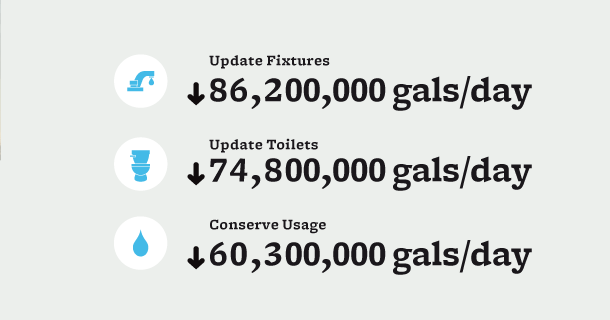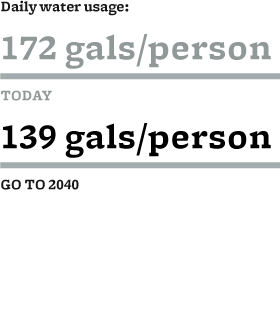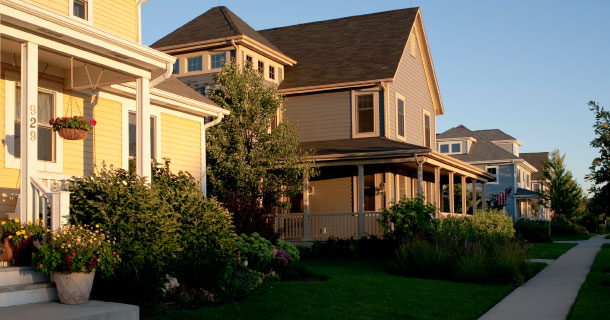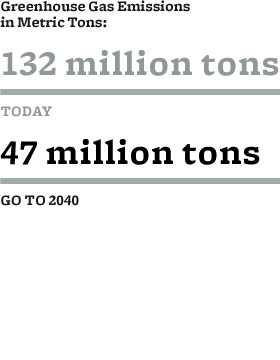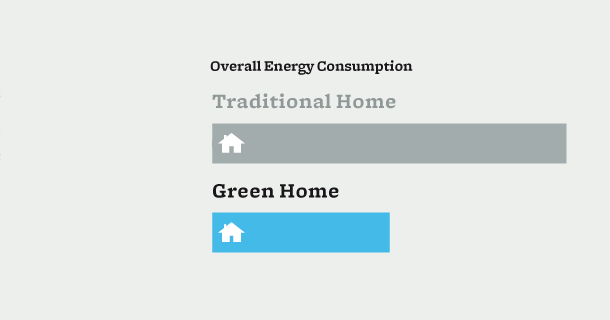Over the next 30 years, water and energy resources will likely become more limited, affecting residents, businesses, and local governments alike. Improving our water and energy efficiency will save money and head off shortages that could profoundly affect our quality of life.
Water Supply and Conservation
Though we live in an area where fresh water seems abundant, our water is not a limitless resource. Legal constraints limit our use of Lake Michigan, and the parts of our region that depend on groundwater face increasing expenses and environmental side effects.
Water 2050, the region's long-range plan for managing water, calls for a number of conservation measures, such as shifting toward full-cost pricing for drinking water to encourage conservation and pay for water treatment and delivery. By improving how we manage demand, the water plan will help ensure that clean water is available for household and commercial use in decades to come. Flooding, a significant problem in many parts of the region, can be reduced by following best practices for stormwater management.
Energy Efficiency is Cost Effective
Improving energy efficiency saves money long after the upfront investment is recouped. It also reduces our region's output of greenhouse gases tied to climate change.
Consumption of electricity and natural gas for heating, cooling, and appliances at home and at work contributes nearly two-thirds of our region's greenhouse gas emissions. Despite availability of state and federal funds, less than one percent of eligible buildings in the region have undergone a "retrofit" to save energy (for example, installation of more-efficient heating and cooling systems, insulation and lighting, weather sealing, and windows or doors). CMAP, the City of Chicago, and other stakeholders have begun the Chicago Region Retrofit Ramp-up (CR3) project to create regional efficiencies that will nurture the market for retrofits, which improve buildings' energy efficiency by an average of 30 percent.
As part of its emphasis on livable communities, GO TO 2040 recommends the use of green techniques for new development and redevelopment to improve energy efficiency, while also helping to reduce water consumption and improve stormwater management. Residents in livable communities tend to make fewer automobile trips, which will reduce fuel consumption and pollution from transportation, our region's second greatest source of greenhouse gas emissions—mostly from cars and trucks.
